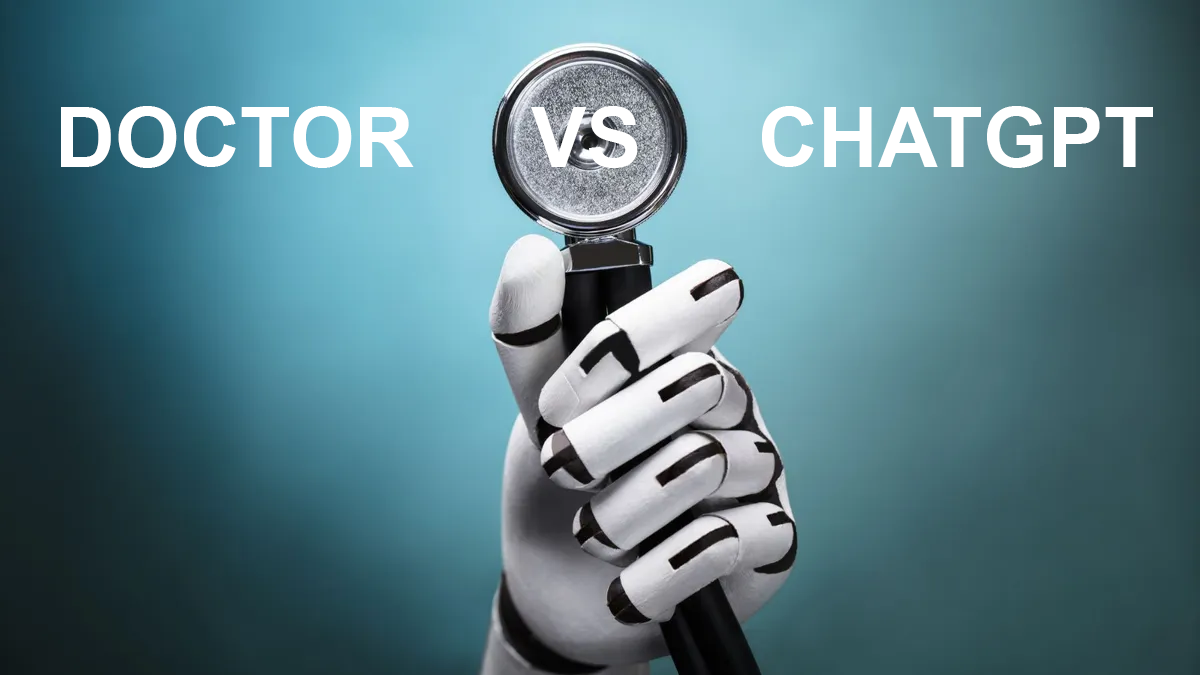
Artificial Intelligence (AI) is a fascinating and rapidly evolving field that has captured the attention of scientists, engineers, and businesses worldwide.
The term "Artificial Intelligence" refers to the ability of machines to perform tasks that typically require human intelligence, such as recognizing speech, making decisions, or solving complex problems. In recent years, AI has gained significant traction due to advances in machine learning, natural language processing, and computer vision.
AI has the potential to revolutionize many industries, from healthcare to finance, manufacturing to transportation, and more. In this article, we will explore the basics of Artificial Intelligence, its various types, applications, and potential implications for society.
Types of Artificial Intelligence:

Artificial Intelligence can be broadly categorized into three type
1. Narrow or Weak AI: Narrow AI is designed to perform specific tasks, such as recognizing images or speech, playing chess, or driving a car. Narrow AI systems are programmed to complete specific tasks and cannot go beyond their predetermined functions.
2. General or Strong AI: General AI refers to a system that can perform any intellectual task that a human can do. This type of AI is still in the experimental stage and has not been fully realized yet.
3. Super AI: Super AI is an advanced version of General AI that is capable of performing tasks that are beyond human capability. Super AI is still hypothetical, and there is no technology available currently that can be classified as Super AI.
Applications of Artificial Intelligence:
Artificial Intelligence has the potential to revolutionize many industries, including:
1. Healthcare: AI can help healthcare professionals make better diagnoses and treatment plans by analyzing large amounts of medical data and identifying patterns that humans may miss.
2. Finance: AI can be used in finance to automate tasks such as fraud detection, risk assessment, and portfolio management.
3. Manufacturing: AI can help automate the manufacturing process by identifying potential defects, optimizing workflows, and improving product quality.
4. Transportation: AI can improve transportation by making it safer and more efficient through the use of autonomous vehicles, predictive maintenance, and route optimization.
5. Customer Service: AI can enhance customer service by providing personalized recommendations, resolving issues quickly, and improving overall customer satisfaction.
FAQs:
Q: What is the difference between Artificial Intelligence and Machine Learning?
A: Machine learning is a subset of Artificial Intelligence that involves training algorithms to make predictions based on data. AI, on the other hand, refers to the broader concept of machines being able to perform tasks that require human intelligence.
Q: Is Artificial Intelligence dangerous?
A: AI can be dangerous if not properly designed and regulated. There is a risk that AI systems may malfunction, be hacked, or be used maliciously. However, with proper oversight and regulations, AI has the potential to benefit society in numerous ways.
Q: Will Artificial Intelligence take over jobs?
A: AI has the potential to automate many tasks and jobs that are currently performed by humans. However, it is unlikely that AI will completely replace human workers. Instead, it will likely change the nature of work, requiring humans to focus on tasks that require creativity, critical thinking, and emotional intelligence.
Conclusion:
Artificial Intelligence is a powerful and exciting technology that has the potential to transform many industries and benefit society in numerous ways. Understanding the basics of AI is essential for individuals, businesses, and policymakers to make informed decisions about its use and potential implications. While AI poses certain risks, proper regulation and oversight can ensure that its benefits are maximized while minimizing potential harm.




